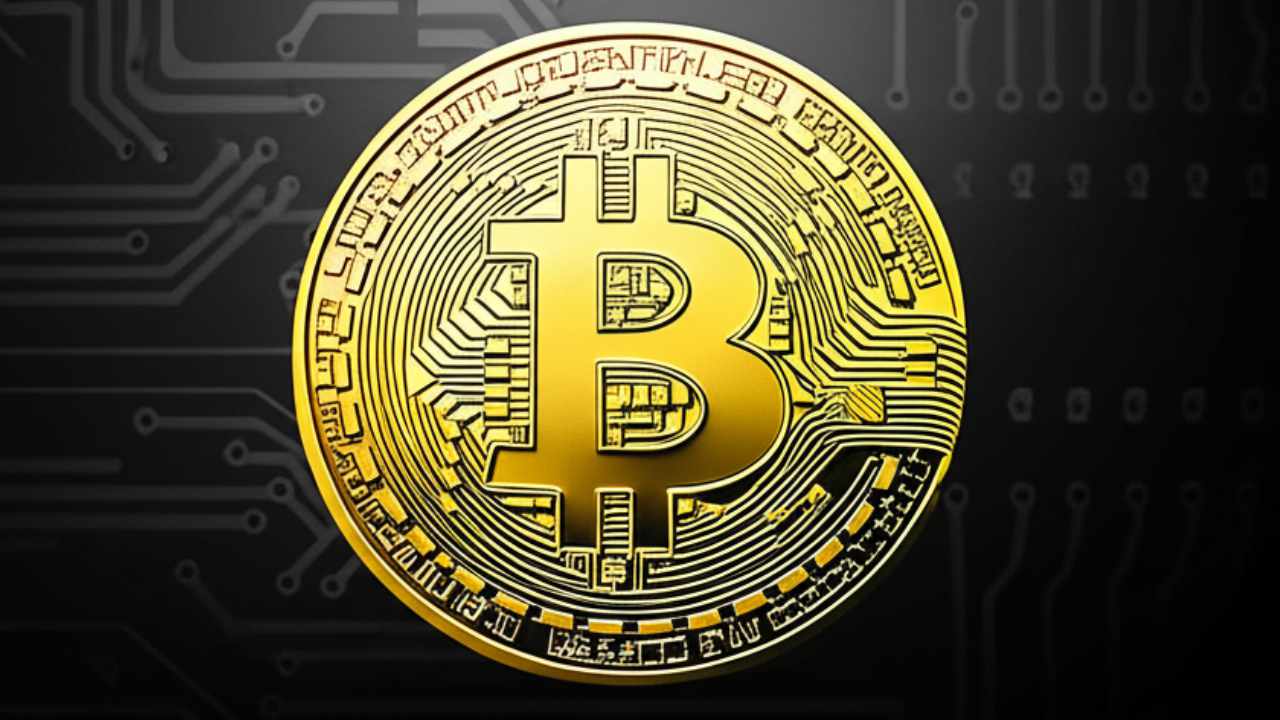Decoding Tokyo’s Signals: How the Bank of Japan’s Monetary Policy Could Ignite Bitcoin’s Next Rally
The Intersection of Central Bank Policies and Cryptocurrency Markets
The cryptocurrency market has long been influenced by macroeconomic forces, and the upcoming monetary policy meeting of the Bank of Japan (BOJ) is no exception. The decisions made by the BOJ could serve as a significant catalyst for Bitcoin and other risk assets, potentially triggering a substantial rally. This intricate relationship between central bank policies, global liquidity, and the price of Bitcoin underscores the importance of understanding the nuances of monetary policy and its impact on digital assets.
The Bank of Japan’s Unique Position
The Bank of Japan’s position in the global financial landscape is distinct. For years, it has maintained an ultra-loose monetary policy, characterized by negative interest rates and quantitative easing (QE), in an attempt to combat deflation and stimulate economic growth. However, recent inflationary pressures and a weakening yen have forced the BOJ to reconsider its approach. The central bank is now walking a tightrope, attempting to normalize its monetary policy without triggering a recession or destabilizing financial markets.
The upcoming monetary policy meeting is crucial because it will reveal the BOJ’s intentions. Will it continue to unwind its QE program, further reducing bond purchases and potentially raising interest rates? Or will it pivot back to QE, injecting liquidity into the market to support the economy? The answer to this question could have profound implications for Bitcoin.
The Role of Quantitative Easing in Bitcoin’s Price
Arthur Hayes, co-founder of BitMEX and a prominent voice in the crypto sphere, argues that increased global liquidity, driven by central bank easing, tends to benefit risk assets like Bitcoin. When central banks print money and inject it into the financial system, it often leads to a search for yield, as investors seek higher returns than those offered by traditional assets like government bonds. Bitcoin, with its limited supply and potential for high returns, becomes an attractive alternative in such an environment.
Hayes suggests that if the BOJ chooses to revive QE, it could unleash a wave of liquidity that flows into the crypto market, driving up the price of Bitcoin. This is because QE essentially devalues the local currency, making assets denominated in other currencies, like Bitcoin, more appealing to Japanese investors. Furthermore, a BOJ pivot to QE could signal a broader shift in global monetary policy, as other central banks may follow suit to avoid being left behind.
Japan’s Bond Crisis and Bitcoin’s Safe Haven Appeal
Another factor that could contribute to a Bitcoin rally is Japan’s ongoing bond crisis. As the BOJ attempts to normalize its monetary policy, it faces the risk of rising interest rates, which could trigger a sell-off in Japanese government bonds (JGBs). This, in turn, could lead to financial instability and a flight to safety.
Bitcoin, with its decentralized nature and limited supply, is increasingly being viewed as a safe haven asset, similar to gold. In times of financial turmoil, investors may seek refuge in Bitcoin, driving up its price. Therefore, if the BOJ’s policy shift triggers a bond crisis, it could further enhance Bitcoin’s appeal as a safe haven, leading to increased demand and a higher price.
Potential Pitfalls and Alternative Scenarios
While Hayes’s thesis is compelling, it’s essential to consider alternative scenarios and potential pitfalls. For instance, if the BOJ decides to continue tightening its monetary policy, it could have the opposite effect, dampening risk appetite and putting downward pressure on Bitcoin. Additionally, other factors, such as regulatory developments, technological advancements, and macroeconomic conditions in other parts of the world, could also influence Bitcoin’s price.
Hayes himself has acknowledged the possibility of a short-term dip in Bitcoin’s price, potentially down to $90,000, before a larger rally takes hold. He has also warned of broader economic tensions that could create rough waters for the cryptocurrency market. These warnings highlight the inherent uncertainty and volatility associated with Bitcoin investing.
Long-Term Prospects and Bold Predictions
Despite the potential for short-term volatility, Arthur Hayes remains bullish on Bitcoin’s long-term prospects. He has predicted that Bitcoin could reach $200,000 by the peak of the current market cycle, $250,000 by the end of the year, and a staggering $1 million by 2028. These predictions are based on the belief that central bank liquidity and the inevitable collapse of the post-1971 financial system will drive Bitcoin’s price to unprecedented levels.
Hayes’s vision paints a picture of a future where Bitcoin becomes a dominant force in the global financial system, serving as a store of value and a hedge against inflation and government intervention. While such a scenario may seem far-fetched to some, it underscores the transformative potential of Bitcoin and its ability to disrupt traditional financial norms.
A Wary Conclusion: Watching Tokyo
The upcoming BOJ monetary policy meeting represents a crucial moment for Bitcoin. While the outcome remains uncertain, Arthur Hayes’s analysis provides a valuable framework for understanding the potential impact of central bank policies on the cryptocurrency market. Whether the BOJ chooses to embrace QE or continue tightening, its decisions will undoubtedly send ripples throughout the global financial system, shaping the future trajectory of Bitcoin. As investors and enthusiasts eagerly await the BOJ’s announcement, one thing is clear: Tokyo’s signals are worth watching closely.





